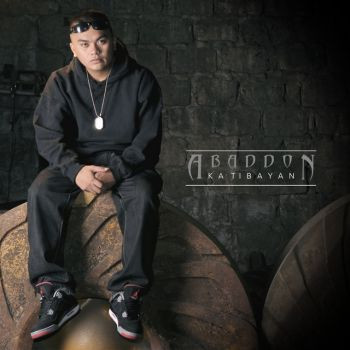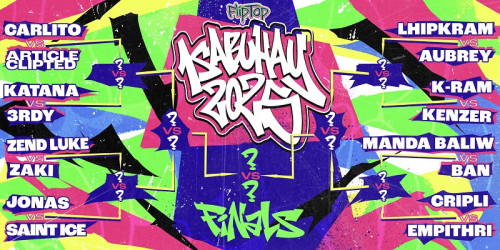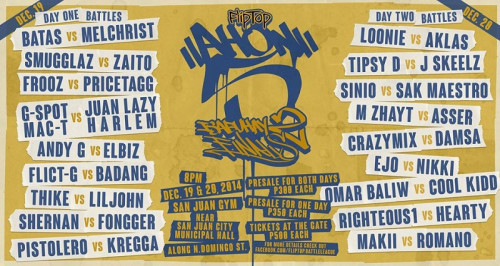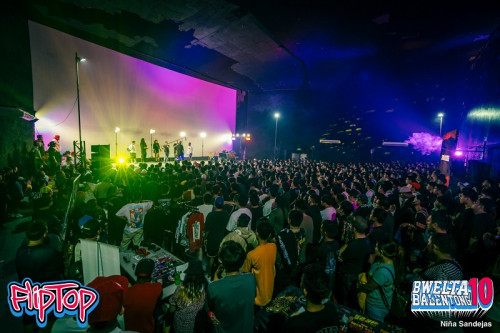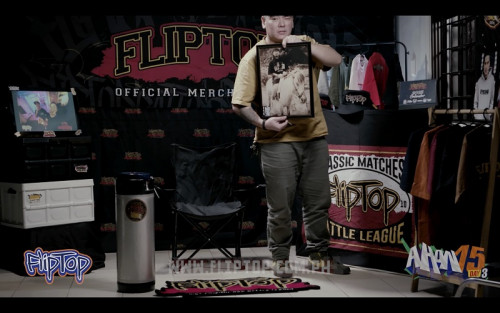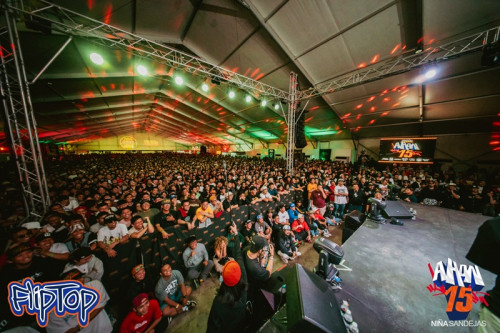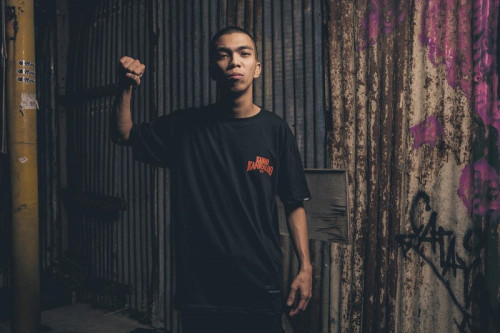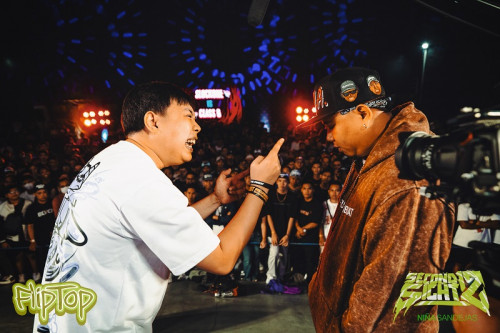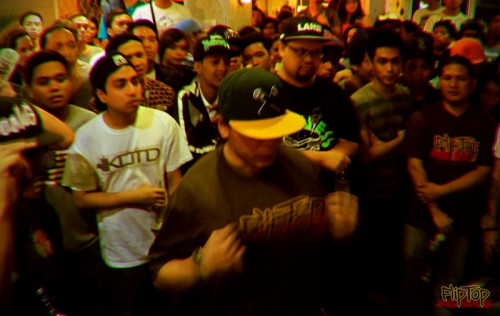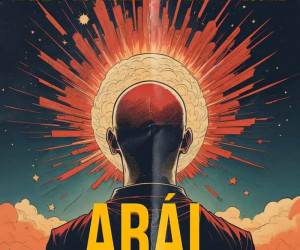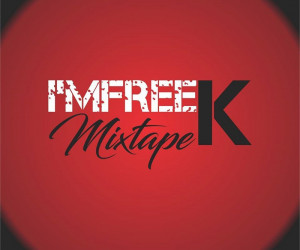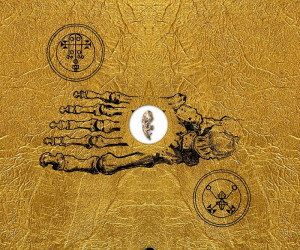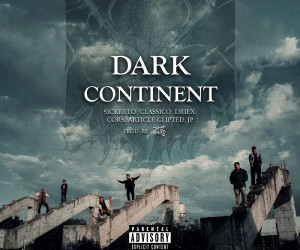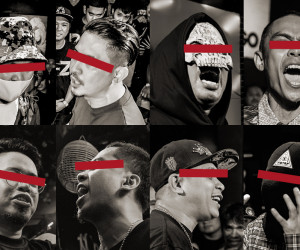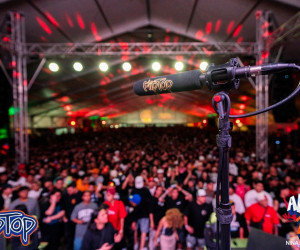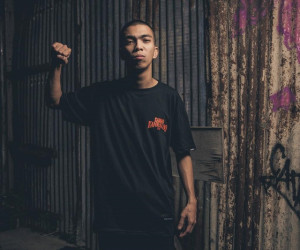Music Reviews
The Throwback: Ghetto Doggs – Born to Kill the Devil (Album Review)
A track-by-track review of Ghetto Doggs' debut album Born to Kill the Devil. The LP is often credited for introducing Hardcore hip-hop to the Philippines.
Dante Romero
November 19, 2021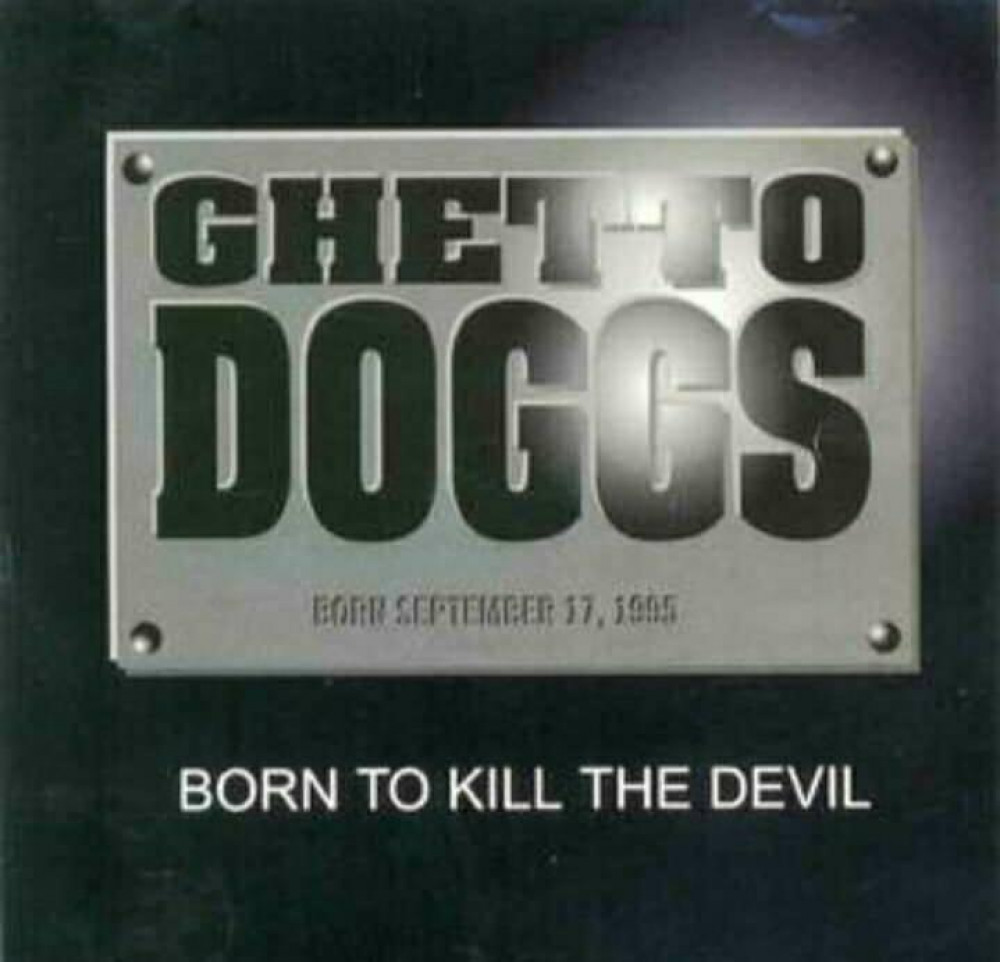
It was the mid 90’s. Pinoy hip-hop heads were still accustomed to comedic raps and socially-conscious tracks with an uplifting tone. The beats usually made the listeners get up from their chairs and bust their moves. Everything changed when the Ghetto Doggs was formed in 1995. It comprises of groups and solo acts from the first batch of Dongalo Wreckords, a label founded by the one and only Andrew E. Angered by the never-ending rise of criminality in the country, the supergroup decided to retaliate with an album that paved the way for Philippine Hardcore rap. Let us take a trip down memory lane with this track-by-track review of "Born to Kill the Devil", which was released in 1996.

1. 5:30 (Malaking Pagkakamali Ni…)
What better way to start the record than with an effective intro. Track number 1 features the group’s leader Pooch (come on, you should know by now who this guy really is) angrily chanting “5:30” while the rest of the crew responds with “Santa Rosa”. Pooch then concludes the short verse with “malaking pagkakamali ni Satanas!” Ghetto Doggs was established a few days after a family was brutally murdered in Santa Rosa at 5:30 in the morning, hence the title. Accompanied by a chilling wind sound, this intro succeeds in informing the listener what the whole album is about.
2. 5:30 (Di Na Bubuhayin Si…)
The second track is where the group gets down to business. Each member drops not only an ill verse but also a really aggressive one. 5:30 (Di Na Bubuhayin Si…) worked because it reminds you of what happened in the Santa Rosa massacre and pays tribute to the victims. You can feel the rage of every emcee, making you want to do your part in getting rid of criminality. The beat has a grimy East Coast feel to it, something that was still rare in the Philippines at that time.
3. Kaibigang Turgayd
We then hear the album’s “tour guide”, who speaks with a creepy, distorted voice. He simply gives a warm welcome to the listener and proceeds to introduce the next song. Since it’s only a skit, there’s not much to say here.
4. Pestenasyon
Dirty politicians are not exempt from this album. Pestenasyon tackles the issue of corruption in the government through the hardcore rhymes of Oblaxz and I.P.K, two respected groups from Dongalo. The song didn’t really go into detail about its topic, it basically warns tyrants to change their ways or else they will meet their demise. Regardless of the simplicity, Pestenasyon is still a classic thanks to the aggression of the emcees and the West Coast-inspired instrumental.
5. Tuloy Tuloy Tayo
The tour guide returns to provide the title of the next track. That’s it.
6. Piawsi
Chinese Mafia undoubtedly makes an impact in Piawsi (Chinese word for p*tangina mo). With an angry delivery and a classic boom bap beat, Jayflava and Chi-Nigg exchange well-constructed lines about an unnamed psychopathic killer. They provide a graphic description of how the murderer executes his victims and then, vow to punish him. No one can deny that this track is one of the precursors of Horrorcore in the Pinoy hip-hop scene.
7. 110-220
It’s another skit from the tour guide. Nothing really special.
8. Repoffthabadpeepol
Much like Pestenasyon, Repoffthabadpeepol aims to expose corruption in Philippine politics. What makes this one different, however, is that it also talks about the dirty activities of rich people and the injustice experienced by the poor. K-ozz of Oblaxz, who is the only emcee in this track, presents the harsh realities convincingly with his unique voice. The beat is weaker compared to the earlier songs, but it still captures the tone of the record.
9. Berrygood
This is the last time we hear the tour guide. Even without these segments, the album would still be effective.
10. Hayop
Don’t be deceived by the party vibe of the instrumental because Hayop doesn’t depart from the concept of the record. Apart from the beat, this song is also impressive because of its storytelling approach. It’s about the “negative effects” of marijuana, and even though it sounds outdated today, I.P.K’s chemistry as a group still made this listenable. The hook is so catchy, you will sing along upon hearing it.
11. Dear Ghetto Doggs
Instead of the tour guide, this skit features a woman reading a newspaper filled with reports about rape. It’s an excellent introduction to the next track…
12. Niknakpattywag
Chi-Nigg, K-ozz, Syke, I.P.K., D.F.T., and Pooch come together in Niknakpattywag. The rage-filled bars are dope, but it’s the last verse from Pooch that made this track a classic. With a delivery similar to Onyx and Gravediggaz, the leader of the Doggs elaborately provides numerous tips to females on how to protect themselves from rapists. He ends his verse by telling the women to fight back when they’re about to get attacked. It’s certainly one of his most powerful verses in his career. The old school sample and the loud drums also gave the song an authentic Hardcore hip-hop feel.
13. Mga Demonyong Suplayer
In this interlude, you will hear drug pushers discussing their business. It’s a great way to set the listener up for track number 14.
14. Ang Mga Nagtutulak…
The Dongalo trio D.F.T. fires shots at shabu dealers with a simple yet effective boom bap sound. Like Hayop, this track uses storytelling to convey its message. The verses tell the tragic tale of a crack addict while the chorus is aimed at those who sell drugs. It’s definitely the most unique track in the album in terms of writing.
15. Speech Ni Pooch
Pooch delivers a short speech about criminals and how he and the rest of the group will show no mercy to them. He wraps it up by shouting “sa lahat ng kampon ni Satanas, p*tangina niyo!” If you grew up in the ’90s, you would know how infamous that statement was. It may have been popular back then, but this interlude didn’t really contribute anything to the album. This and the skits involving the tour guide are the album’s flaws.
16. 5:30 (Song For Dying Satan)
Ghetto Doggs’ entire roster gathered in this closing track to claim victory against the murderers, thieves, and rapists. The emcees went all out with their aggression and the beat succeeded in showing griminess. Despite the outdated Metal disses, Pooch’s verse remains to be the best and most quotable in the track. He clearly knows how to finish a song in the most memorable way.
The rhymes may sound basic now, but they completely revolutionized the landscape of local hip-hop in 1996. Born to Kill the Devil inspired a number of artists to grab the microphone and just unleash their anger. It eventually went platinum in the same year, proving that you can be heard even without a commercially-viable track. Ghetto Doggs introduced us to a darker side of rap, and they will forever be remembered for it. Unfortunately, physical copies of the album are no longer available. Don’t worry though because you can still listen to it on Spotify.
